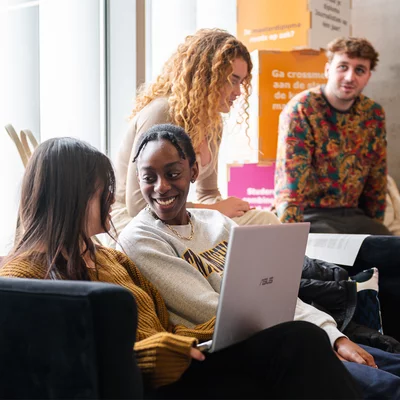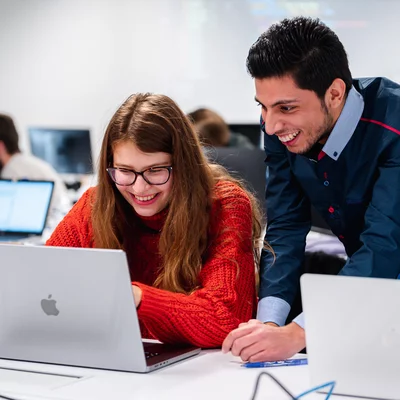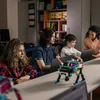
MAKE.THINK.TINKERING. An exploratory study of Tinkering pedagogy and its perceived added value in primary and secondary schools
Tinkering is a methodology where 'learning with your hands' is central with a focus on teamwork, motivation, sharing knowledge and trying things out during hands-on activities. Participants experiment with materials and techniques, thus actively engaging in inquiry-based learning, engaging in spontaneous dialogue with each other and feeling their ownership.
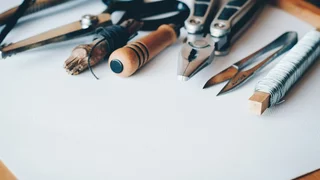
Tinkerers are not makers, designers, techies, or artists. They are a healthy mix of the four, taking pleasure in repairing, inventing, upcycling and remixing. They throw open old appliances to find out how something works, see a gigantic pile of possibilities when they browse in a thrift shop and, above all, are not averse to overpowering a technique they may not yet have mastered. They are not professionals, but hobbyists with a curious nose for the world around us and hands itching to get to work. Actually, we are all a bit tinkerers. As human beings, we are curious and inquisitive creatures, exploring the world around us by grabbing things, moving them, adapting them, trying them out or improving them.

With this motto, the Tinkering Studio at the science museum Exploratorium in San Francisco has been focusing on that learning with your hands since 2009. Visitors get to work there with marble tracks, simple electric circuits or wind turbines. Tinkering thus becomes a method to actively engage visitors, let them investigate independently and learn to think 'out of the box' together.
This playful way of discovering and researching is slowly but surely starting to make inroads within education. Those who already use it can list the advantages: pupils actively engage in inquiry-based learning, enter into spontaneous dialogue with each other and feel their ownership is addressed. As a teacher, you make time for yourself to observe the pupils in a more focused way and you can be surprised by their ideas and perhaps still unexplored talents.
Another advantage: the material you use for this is often simple, cheap or has been discarded by colleagues or family members. If you attend a tinker activity, you might see participants taping large sheets of cardboard together, sewing pieces of fabric to teddy bears with iron wire or breaking open a toy robot with a hammer.

Tinker activities are therefore by definition hands-on: participants are invited to get to work and play with materials and constructions. The activities come across as messy, playful and crazy, provoking interaction and inventiveness. Not everything goes as planned: there is no overall defined specific goal and it sometimes seems to come from 'the gut'. A hearty dose of self-reliance and entrepreneurship is therefore no stranger to tinkerers.
During the Make.Think.Tinkering study, the researchers set to work with 12 teachers from six schools to test the methodology against the Flemish educational field. After a coaching programme on the university college campus, the teachers set up their own projects and activities. Their experiences were tested through structured interviews. The processing of the interviews was checked against literature and the researchers' own experiments.
For three years, Arteveldehogeschool and a number of primary and secondary schools investigated how to get started with Tinkering in the classroom.
The project ended at the end of 2019, but you can download all didactics, tips & tricks and examples via the link below. Have fun and good luck!
Research realisations and publications
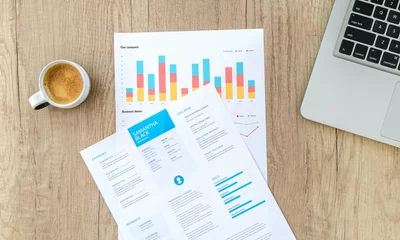
Publication School- en klaspraktijk
Make, think, tinkering, learning by doing and creating.

Internal lecture
Make, Think, Tinkering. Research on your plate, Arteveldehogeschool, 14 March 2017.
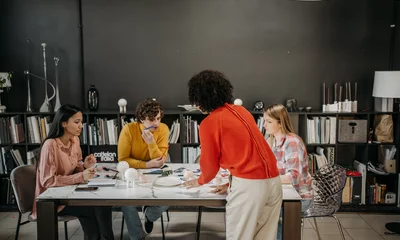
STEM-days
- Bruges, 15 March 2017
- primary education, Technopolis, 16 October 2017
- first grade of secondary education, Technopolis, 18 October 2017
- primary education, Technopolis, 15 October 2018
- first grade of secondary education, Technopolis, 17 October 2018

CNO study day
CNO study day STEM in primary education, University of Antwerp, 8 February 2018.

Meeting day internship partners
Artevelde University of Applied Sciences, 18 April 2018.

Closing day
Tinkering and Doing. Study day, Industry Museum Ghent, 18 September 2019.

Tinker Studio
Support to 3T: Engineering in Tangible Tools, project submitted within "Innovative Partner Projects" (CJM) by MIAT in collaboration with HOWEST Industrial Design.
Meet the team
Work with us?
Request customised research
We are happy to help you formulate your research question and approach.
